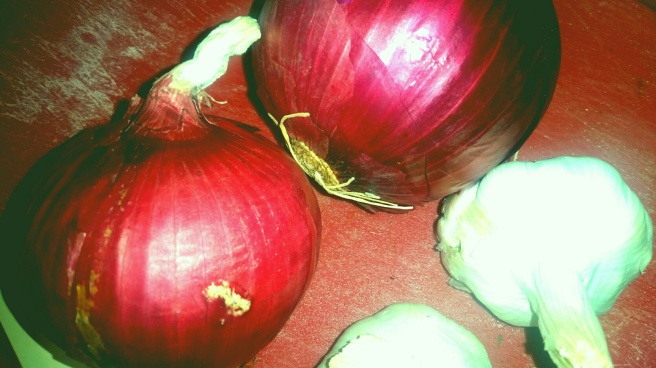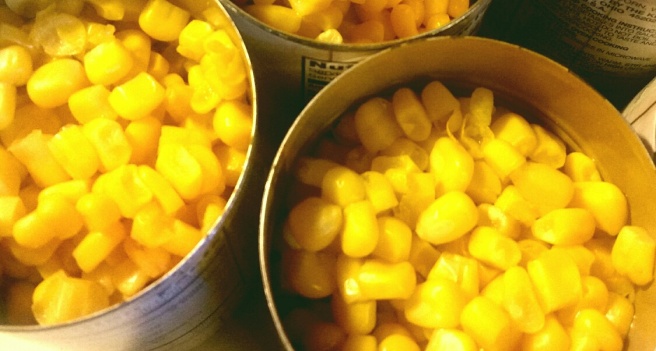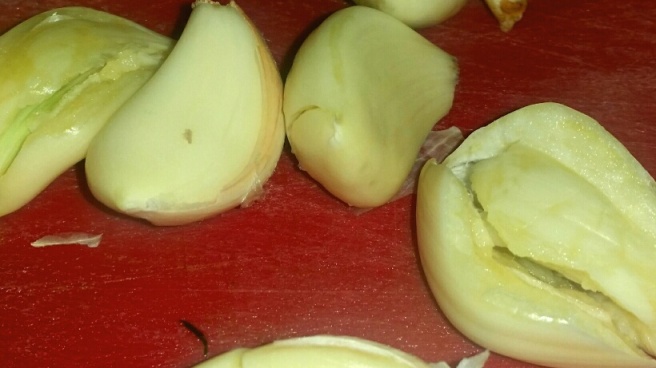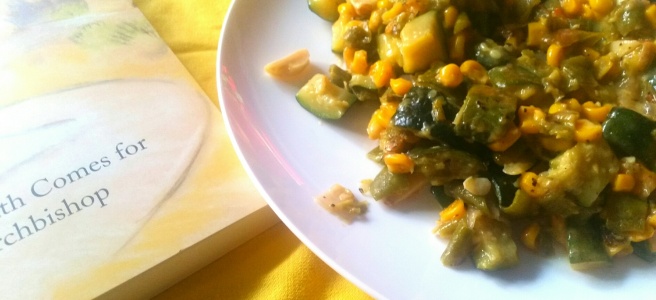Photography by me.
I’m kind of embarrassed to admit this, but I never liked Death Comes for the Archbishop, probably because it was required reading when I was in the 6th grade. Anything forced is never something I want to do, even when it comes to reading. Isn’t it amazing, though, how different it can be when you go back and read something as an adult? I found depths of character and beauty in this book that were never apparent to my ignorant, youthful self.

Though of course, reading as a grown-up, I also saw nuances and subtleties I didn’t clue into as a kid, such as the racism that is fairly inherent in the main characters. Well, since it was written before cultural sensitivity training, it makes sense. But there are passages that talk about the Mexican and Native American populations that made up such a large group of the Father’s parishioners, and they are both called barbarians by a Spanish priest. So it’s quite timely for today, when there is so much racism against people of so many backgrounds, ethnicities, and faiths.

The story is a fictionalized account of Bishop Lamy, a French Jesuit priest who came to New Mexico in the mid-1800s to help minister to the growing frontier population in northern New Mexico, and whose greatest accomplishment was building the stunningly beautiful Cathedral of St. Francis in Santa Fe. In the book, the character’s name is Father Jean-Marie Latour, and he spends over 40 years in the Santa Fe region. He lives a rather lonely existence, though he makes great friends with other priests such as Father Martinez, who has a lovely singing baritone, and the Olivares. Mrs. Olivares, in particular, seems to garner much admiration from Father Latour, and if you read between the lines, she might be someone he’d have fallen in love with, if that were permissible to a Catholic priest.

Though various dinners and feasts are sprinkled through the book, my favorite was this passage that details one of the stories told to Father Latour by one of his fellow priests, about Father Baltazar of Acoma Pueblo, who by all accounts, was a horrible tyrant and who took all the choicest fruits and vegetables of the Native Americans he was supposed to care for. (Though he did get his just desserts in the end…..hah!) Father Baltazar was an obese man who thought nothing of working the poor Acoma Indians as slaves to ensure he had the best food and service at his home.

Friar Baltazar was one of the most ambitious and exacting. It was his belief that the pueblo of Acoma existed chiefly to support its fine church, and that this should be the pride of the Indians as it was his. He took the best of their corn and beans and squashes for his table, and selected the choicest portions when they slaughtered a sheep…………

Squash and corn together make up a dish called calabacitas, which is truly food for the gods. I grew up eating this dish, as a side for enchiladas or tacos, and later on as an adult, in more creative New Mexican dishes like tamales. It’s pretty much one of the most divine dishes you can eat on this earth. But I’m not at all biased.

A traditional New Mexico dish, the simplicity is enhanced by using fresh ingredients, like any other recipe. Fortunately, fresh zucchini squash is easy to find in the grocery story and at farmers markets. Fresh corn is a bit harder when not in season, so use good-quality corn kernels from a can. The only thing that is requisite for good calabacitas is green chile. You want a bite to offset the sweetness of the corn and the green crunch of the squash, but if you’re feeding wimpy types, leave it out. Just don’t bring them to my house, because I will turn them away sneeringly.

This is the method that worked for me, based on my Nana Jean’s recipe which I remember so well from childhood. I do add my own tweaks, in the form of chicken bouillon granules, red onion instead of white, and cheese, which melts so gooily and deliciously over the hot vegetables. But cheese is not required, so omit if you so desire.

INGREDIENTS
1 tablespoon butter
1 tablespoon olive oil
4 green squashes
2 large cans of corn, drained
1 large red onion
4 cloves of garlic
1 tablespoon pollo de caldo chicken bouillon powder
Salt and pepper for seasoning
1 cup roasted green chile, finely chopped
Optional – 1 cup grated sharp cheddar or Monterey Jack cheese
METHOD
In a large saucepan, melt the olive oil and butter together. This creates great flavor, and also keeps the butter from burning.

Peel the onion and slice into thin half-moons. Remove the stem ends of the green squash, and cut into cubes.

Drain and rinse the corn, and then peel and thinly slice the garlic cloves.

Add the onions to the saucepan, and spoon in the chicken bouillon granules. Stir and cook about 10 minutes. Then toss in the garlic and cook another 10 minutes.

Add the squash, and season with salt and pepper. Cook on medium heat for another 10 minutes. You don’t want the squash soggy, so test the texture with a fork. Tender-crisp is what you want.

Add the drained corn. Stir well to mix and cook another 10 minutes.

This is where you will add the green chile. The smell is divine!

Turn the heat to low, cover, and let cook for another 10 minutes, to heat through. Sprinkle over the cheese while still hot, so it melts and oozes nicely over the calabacitas.

Serve as a side dish with enchiladas and rice, as a side for any other chicken dish, or just eat a huge bowl of it on its own. ¡Delicioso!


This book sounds interesting, it’s definitely got me intrigued! And thanks for the recipe, this would work great as a side or a main and I’m already thinking when I’d use it 🙂
LikeLiked by 1 person
Thanks, Chloe. The writing style is not modern, as the book was written in the 1920s. But if you’re interested in the history of the American Southwest, this is a must-read and a very fascinating cultural barometer between then and now. Thanks for stopping by!
LikeLike
The story of Father Baltazar is a cautionary tale for the ages…and I do love his karmic comeuppance 🙂
LikeLiked by 1 person
I can’t say I was sad when I read how he met his untimely end. 🙂
LikeLike
they say you can’t judge a book by its cover, but can you judge a dish by its appearance? I suppose not. but that dish definitely looks amazing. i’m reading a book by edna ferber right now, which is very similar era. but they’re on the prairie, and the only foods so far are bacon and eggs and biscuits.
LikeLiked by 1 person
Thank you! It’s really delicious, and very simple. I don’t know how much access to good green chile you have on the East Coast, but you can omit the Chile and it would still be delicious.
LikeLike
Oh, and do stay tuned for next week’s blog post. I think you will be very pleased with it. 🙂
LikeLike